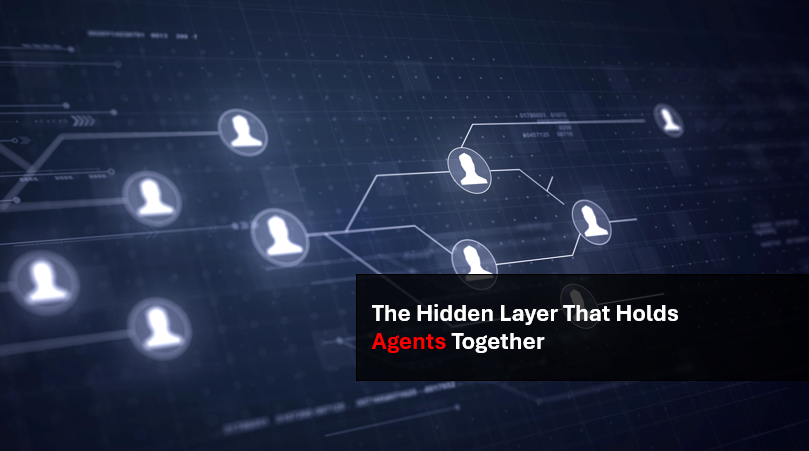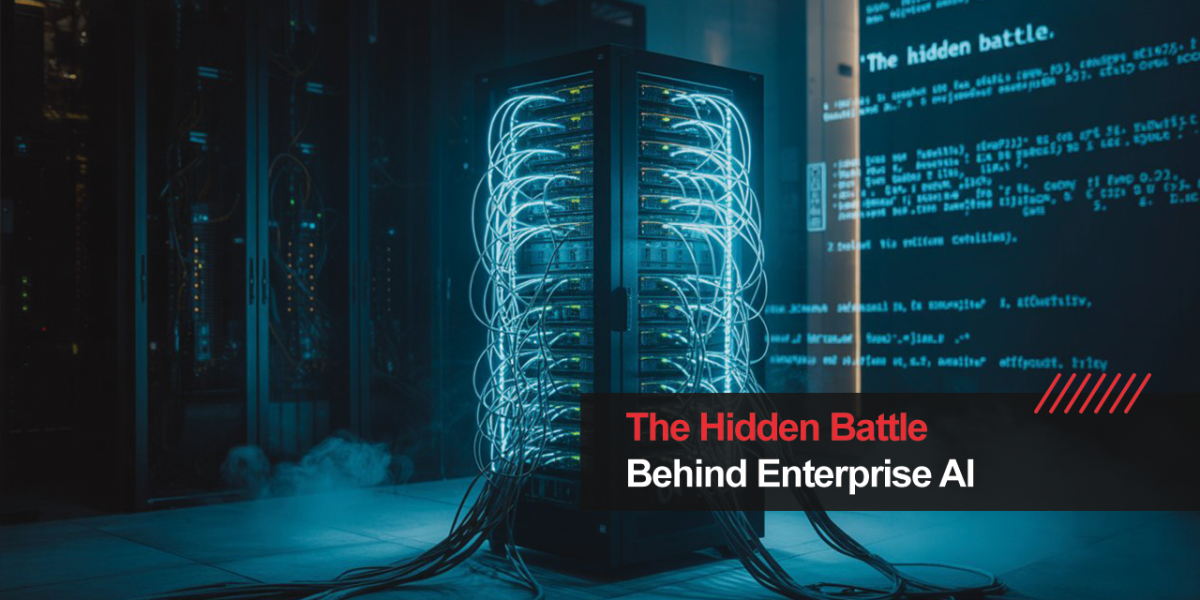When we talk about agent-based systems, the focus usually gravitates toward their individual capabilities—what they can do, what tools they can use, and what outcomes they generate. But beneath those surface-level abilities lies a more fundamental layer. One that doesn’t just determine what agents do, but how they think and interact with each other.
This hidden layer is what ultimately defines whether a group of agents remains a collection of parts—or operates as a coherent system.
Skills vs. System Behavior
In most discussions about agent design, there’s an emphasis on task execution: Can this agent retrieve data? Can it summarize a document? Can it trigger an API?
These are important questions, especially in environments where specialization drives efficiency. But as soon as agents are required to work together—sequencing tasks, collaborating across steps, or handing off results—those capabilities need more than just execution logic. They need structure.
The shift from individual skills to collective behavior is where protocol design becomes essential.
Two Protocols That Shape Agent Behavior
Two foundational protocols have quietly become central to this shift:
🔹 MCP (Memory, Context, Planning)
MCP is about how an agent manages its own internal thinking. It answers questions like:
- How does the agent carry context across steps?
- How does it decide which tool or function to use?
- How does it manage what to remember—and what to forget?
This protocol plays a critical role in ensuring an agent doesn’t operate in isolation from its own past decisions. It gives structure to its autonomy and makes its behavior more consistent and reliable.
🔹 A2A (Agent-to-Agent)
A2A, in contrast, governs how agents interact with one another. It defines:
- How agents discover each other in a network
- How they negotiate roles and share responsibilities
- How they align on who does what—and in what order
If MCP is about independent decision-making, A2A is about collective alignment. It’s the difference between an agent executing in a vacuum and one that coordinates with a team.
Why This Layer Often Gets Missed
Many teams design agents like isolated tools. Each agent is trained or coded to perform a specific function, and the assumption is that connecting them later will be straightforward.
But in practice, once tasks become interconnected and cross multiple domains—like pulling data, analyzing it, acting on it, and triggering follow-up responses—that assumption starts to break down.
Without shared context, agents may duplicate work, skip essential steps, or get stuck in circular loops. Without negotiation protocols, task handoffs can fail silently. This is where protocols like MCP and A2A begin to show their value—not as theoretical frameworks, but as operational necessities.
The Role of Orchestration
This brings us to orchestration. Often viewed as a layer on top of agents, orchestration is more accurately the connective tissue that enables agents to function as a system.
It’s not about assigning tasks from a control tower—it’s about giving agents the ability to understand their place in a sequence, adapt based on prior outcomes, and engage with other agents in a shared language.
Orchestration doesn’t just enable automation. It enables coordination—the kind that mirrors how human teams operate: aligning roles, sharing context, resolving conflicts, and adapting to change.
To understand why true AI orchestration goes beyond just connecting LLM agents, check out Beyond LLM Agents: Why True AI Orchestration Needs a Wider Lens. This blog highlights the importance of holistic system design and orchestration strategies that transcend individual agent capabilities.
It’s Not About Smarter Agents
The goal of a well-designed multi-agent system isn’t just to make each agent more intelligent. It’s to make the system more aligned.
An individual agent may perform well in isolation, but that doesn’t guarantee success in collaborative workflows. Alignment requires agents to operate within frameworks that allow for context sharing, task negotiation, and goal consistency.
And that alignment doesn’t happen by accident.
It happens through protocols.
Final Thought
The next evolution of intelligent systems won’t just be about building more capable agents—it will be about building agents that can work together.
Protocols like MCP and A2A won’t always be visible in demos or surface-level outcomes. But they’ll be doing the quiet, necessary work of holding everything together—making sure that behind every task completed, there’s a system that understands, adapts, and aligns.
Because in the end, it’s not about whether agents are smart.
It’s whether they’re in sync.




